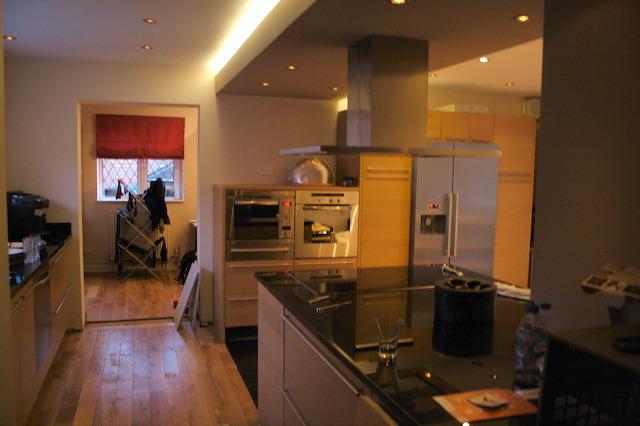Hi All
I have had a lean to kitchen extension built. Inside the ceiling has been left "vaulted" with a velux window.
To comply with the BCOs wishes I have put 130mm of PIR insulation in the rafters.
However the electrician, who has sucked his teeth over just about everything I have asked for, now wants to take out all the insulation in order to fit recessed spotlights. He is claiming that the cables etc can't be near the insulation, and since there will be several lights, most of the insulation will have to be removed.
So what do I do here, have lights and be a bit chilly or sit in the dark and warm!
Thanks
Lee
I have had a lean to kitchen extension built. Inside the ceiling has been left "vaulted" with a velux window.
To comply with the BCOs wishes I have put 130mm of PIR insulation in the rafters.
However the electrician, who has sucked his teeth over just about everything I have asked for, now wants to take out all the insulation in order to fit recessed spotlights. He is claiming that the cables etc can't be near the insulation, and since there will be several lights, most of the insulation will have to be removed.
So what do I do here, have lights and be a bit chilly or sit in the dark and warm!
Thanks
Lee



